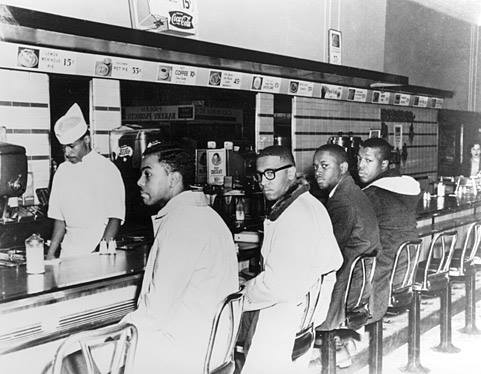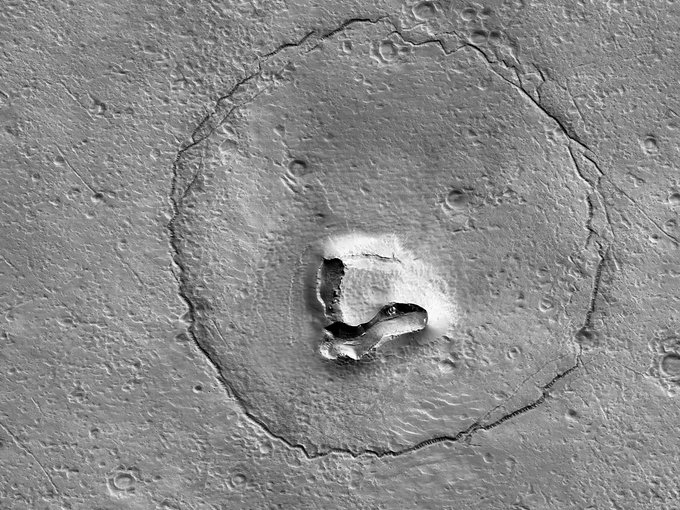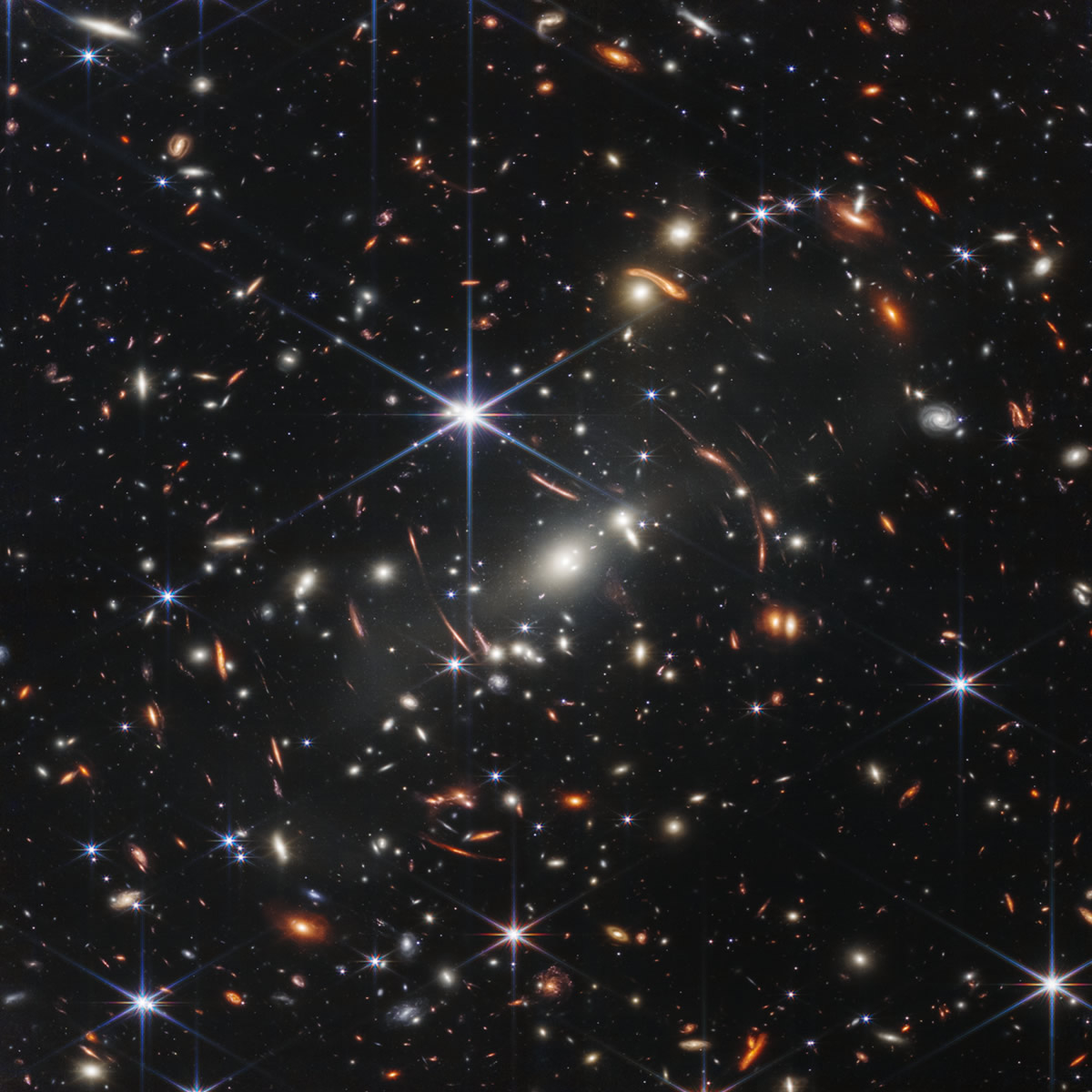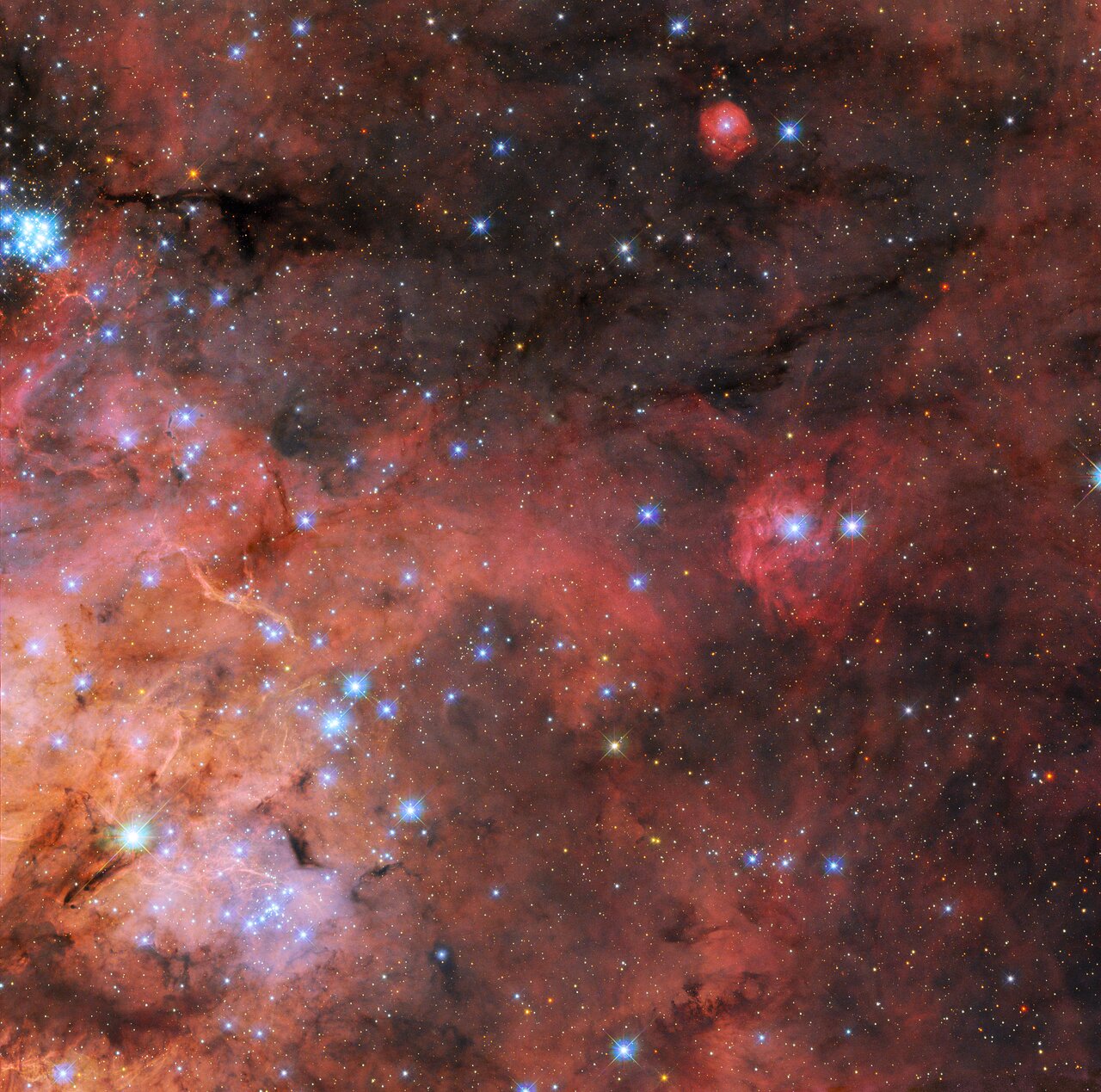Blog
Edward Hammond Boatner Jr. (February 2, 1924 – July 22, 1982), known professionally as Sonny Stitt, was an American jazz saxophonist of the bebop/hard bop idiom. Known for his warm tone, he was one of the best-documented saxophonists of his generation, recording more than 100 albums. He was nicknamed the “Lone Wolf” by jazz critic Dan Morgenstern because of his relentless touring and devotion to jazz yet rarely worked with the same musicians for long. Stitt was sometimes viewed as a Charlie Parker mimic, especially earlier in his career, but gradually came to develop his own sound and style, particularly when performing on tenor saxophone,Alto saxophone and even occasionally baritone saxophone.
Edward Hammond Boatner, Jr. was born in Boston, Massachusetts, and grew up in Saginaw, Michigan. He had a musical background: his father, Edward Boatner, was a baritone singer, composer, and college music professor; his brother was a classically trained pianist, and his mother was a piano teacher. He was given up for adoption in 1924 by his father and adopted by the Stitt family in Saginaw. He later began calling himself “Sonny”. While in high school in Saginaw, he played in the Len Francke Band, a local popular swing band.
more...On February 1, 1960, in Greensboro, North Carolina, four Black college students spark a nationwide civil rights movement by refusing to leave a “whites-only” lunch counter at a popular retail store after they are denied service. The North Carolina Agricultural and Technical State students—Ezell Blair Jr., Franklin McCain, Joseph McNeil and David Richmond—become known as the “Greensboro Four.”

There’s a giant bear on Mars—or rather a rock formation that looks remarkably like one. NASA shared the intriguing image, captured last month by the Mars Reconnaissance Orbiter, in a Wednesday release. Taken from 156 miles above Mars’ southern hemisphere, it shows two circular craters above a muzzle-shaped structure, enclosed in a circular stress fracture which forms the face. And it’s a big one. The image covers an area some 6,560 feet across, per CNET. Of course, there are no bears—giant or otherwise—on Mars. This is an example of pareidolia, the tendency to see recognizable objects in random or natural shapes.
Joseph Leslie Sample (February 1, 1939 – September 12, 2014)was an American keyboardist and composer. He was one of the founding members of The Jazz Crusaders in 1960, the band which shortened its name to “The Crusaders” in 1971. He remained a part of the group until its final album in 1991 (not including the 2003 reunion album Rural Renewal).
more...Sadao Watanabe (渡辺 貞夫, Watanabe Sadao, born 1 February 1933) is a Japanese jazz musician who plays alto saxophone, sopranino saxophone, banjo, and flute. He is known for his bossa novarecordings, although his work encompasses many styles, with collaborations from musicians all over the world.
more...Joe “Tricky Sam” Nanton(February 1, 1904 – July 20, 1946) NY, NY was an American trombonist with the Duke Ellington Orchestra.
more...James Mercer Langston Hughes(February 1, 1901– May 22, 1967) was an American poet, social activist, novelist, playwright, and columnist from Joplin, Missouri. One of the earliest innovators of the literary art form called jazz poetry, Hughes is best known as a leader of the Harlem Renaissance. He famously wrote about the period that “the Negro was in vogue”, which was later paraphrased as “when Harlem was in vogue.”
more...NASA’s James Webb Space Telescope has produced the deepest and sharpest infrared image of the distant universe to date. Known as Webb’s First Deep Field, this image of galaxy cluster SMACS 0723 is overflowing with detail.
Thousands of galaxies – including the faintest objects ever observed in the infrared – have appeared in Webb’s view for the first time. This slice of the vast universe is approximately the size of a grain of sand held at arm’s length by someone on the ground.
The image shows the galaxy cluster SMACS 0723 as it appeared 4.6 billion years ago. The combined mass of this galaxy cluster acts as a gravitational lens, magnifying much more distant galaxies behind it. Webb’s NIRCam has brought those distant galaxies into sharp focus – they have tiny, faint structures that have never been seen before, including star clusters and diffuse features. Researchers will soon begin to learn more about the galaxies’ masses, ages, histories, and compositions, as Webb seeks the earliest galaxies in the universe.

Charles Douglas Musselwhite (born January 31, 1944) is an American electric blues harmonica player and bandleader, one of the white bluesmen who came to prominence, along with Mike Bloomfield, Paul Butterfield, and Elvin Bishop, as a pivotal figure in helping to revive the Chicago Blues movement of the 1960s. He has often been identified as a “white bluesman”.
Musselwhite was reportedly the inspiration for Elwood Blues; the character played by Dan Aykroyd in the 1980 film, The Blues Brothers.
Musselwhite was born in Kosciusko, Mississippi to white parents. Originally claiming to be of partly Choctaw descent, in a 2005 interview he said his mother had told him he was of distant Cherokee descent.His family considered it natural to play music. His father played guitar and harmonica, his mother played piano, and a relative was a one-man band.
At the age of three, Musselwhite moved to Memphis, Tennessee. When he was a teenager, Memphis experienced the period when rockabilly, western swing, and electric blues were combining to give birth to rock and roll. That period featured Elvis Presley, Jerry Lee Lewis, Johnny Cash, and lesser-known musicians such as Gus Cannon, Furry Lewis, Will Shade, and Johnny Burnette. Musselwhite supported himself by digging ditches, laying concrete and running moonshine in a 1950 Lincoln automobile. This environment was a school for music as well as life for Musselwhite, who eventually acquired the nickname Memphis Charlie.
In true bluesman fashion, Musselwhite then took off in search of the rumored “big-paying factory jobs” up the “Hillbilly Highway”, Highway 51 to Chicago, where he continued his education on the South Side, making the acquaintance of even more blues musicians, including Lew Soloff, Muddy Waters, Junior Wells, Sonny Boy Williamson, Buddy Guy, Howlin’ Wolf, Little Walter, and Big Walter Horton. Musselwhite immersed himself completely in the musical life, living in the basement of and occasionally working at Jazz Record Mart (the record store operated by Delmark Records founder Bob Koester) with Big Joe Williams and working as a driver for an exterminator, which allowed him to observe what was happening around the city’s clubs and bars.
more...Philip Glass (born January 31, 1937) is an American composer and pianist. He is widely regarded as one of the most influential composers of the late 20th century. Glass’s work has been associated with minimalism, being built up from repetitive phrases and shifting layers. Glass describes himself as a composer of “music with repetitive structures”, which he has helped evolve stylistically.
Glass founded the Philip Glass Ensemble, with which he still performs on keyboards. He has written fifteen operas, numerous chamber operas and musical theatre works, fourteen symphonies, twelve concertos, nine string quartets and various other chamber music, and many film scores. Three of his film scores have been nominated for an Academy Award. Glass was born in Baltimore, Maryland, on January 31, 1937, the son of Ida (née Gouline) and Benjamin Charles Glass. His family were Lithuanian-Jewish emigrants. His father owned a record store and his mother was a librarian. In his memoir, Glass recalls that at the end of World War II his mother aided Jewish Holocaust survivors, inviting recent arrivals to America to stay at their home until they could find a job and a place to live. She developed a plan to help them learn English and develop skills so they could find work. His sister, Sheppie, would later do similar work as an active member of the International Rescue Committee.
more...Roosevelt Sykes (January 31, 1906 – July 17, 1983) was an American blues musician, also known as “the Honeydripper“.
Sykes was born the son of a musician in Elmar, Arkansas. “Just a little old sawmill town”, Sykes said of his birthplace. The Sykes family was living in St. Louis by 1909. Sykes often visited his grandfather’s farm near West Helena. He began playing the church organ around the age of ten. “Every summer I would go down to Helena to visit my grandfather on his farm,” he told biographer Valerie Wilmer. “He was a preacher and he had an organ I used to practice on, trying to learn how to play. I always liked the sound of the blues, liked to hear people singing, and since I was singing first, I was trying to play like I sang.” Sykes was baptized at 13 years old, his lifelong beliefs never conflicting with playing the blues.
At age 15, he went on the road playing piano in a barrelhouse style of blues. Like many bluesmen of his time, he traveled around playing to all-male audiences in sawmill, turpentine and levee camps along the Mississippi River, sometimes in a duo with Big Joe Williams, gathering a repertoire of raw, sexually explicit material. In 1925 Sykes met Leothus “Lee” Green, a piano player in a West Helena theater playing a mix of blues, ragtime, waltz, and jazz to accompany silent movies. They worked the Louisiana and Mississippi work camp and roadhouse circuit together, with the older man acting as mentor and protector to Sykes. “I just been pickin’ a little cotton,” Sykes would say from the stage, “and pickin’ a little piano.” The more experienced Green taught him the style, characterized by separate bass and treble rhythms, that would become the basis for “44 Blues“. Sykes’ wanderings eventually brought him back to St. Louis, Missouri, where he met St. Louis Jimmy Oden, the writer of the blues standard “Goin’ Down Slow“.
more...Franz Peter Schubert (German: [ˈfʁant͡s ˈpeːtɐ ˈʃuːbɐt]; 31 January 1797 – 19 November 1828) was an Austrian composer of the late Classical and early Romantic eras. Despite his short lifetime, Schubert left behind a vast oeuvre, including more than 600 secular vocal works (mainly lieder), seven complete symphonies, sacred music, operas, incidental music, and a large body of piano and chamber music. His major works include “Erlkönig” (D. 328), the Piano Quintet in A major, D. 667 (Trout Quintet), the Symphony No. 8 in B minor, D. 759 (Unfinished Symphony), the “Great” Symphony No. 9 in C major, D. 944, the String Quintet (D. 956), the three last piano sonatas (D. 958–960), the opera Fierrabras (D. 796), the incidental music to the play Rosamunde (D. 797), and the song cycles Die schöne Müllerin (D. 795) and Winterreise (D. 911).
Born in the Himmelpfortgrund suburb of Vienna, Schubert showed uncommon gifts for music from an early age. His father gave him his first violin lessons and his elder brother gave him piano lessons, but Schubert soon exceeded their abilities. In 1808, at the age of eleven, he became a pupil at the Stadtkonvikt school, where he became acquainted with the orchestral music of Joseph Haydn, Wolfgang Amadeus Mozart, and Ludwig van Beethoven. He left the Stadtkonvikt at the end of 1813, and returned home to live with his father, where he began studying to become a schoolteacher. Despite this, he continued his studies in composition with Antonio Salieri and still composed prolifically. In 1821, Schubert was admitted to the Gesellschaft der Musikfreunde as a performing member, which helped establish his name among the Viennese citizenry. He gave a concert of his own works to critical acclaim in March 1828, the only time he did so in his career. He died eight months later at the age of 31, the cause officially attributed to typhoid fever, but believed by some historians to be syphilis.
Appreciation of Schubert’s music while he was alive was limited to a relatively small circle of admirers in Vienna, but interest in his work increased greatly in the decades following his death. Felix Mendelssohn, Robert Schumann, Franz Liszt, Johannes Brahms and other 19th-century composers discovered and championed his works. Today, Schubert is ranked among the greatest composers in the history of Western music and his work continues to be admired.
more...A snapshot of the Tarantula Nebula (also known as 30 Doradus) is the most recent Picture of the Week from the NASA/ESA Hubble Space Telescope. The Tarantula Nebula is a large star-forming region of ionised hydrogen gas that lies 161 000 light years from Earth in the Large Magellanic Cloud, and its turbulent clouds of gas and dust can be seen swirling between the region’s bright, newly-formed stars. The Tarantula Nebula is a familiar site for Hubble. It is the brightest star-forming region in our galactic neighbourhood and home to the hottest, most massive stars known. This makes it a perfect natural laboratory in which to test out theories of star formation and evolution, and a rich variety of Hubble images of this region have been released to the public in recent years. The NASA/ESA/CSA James Webb Space Telescope also recently delved into this region, revealing thousands of never-before-seen young stars. This new image combines data from two different observing proposals. The first was designed to explore the properties of the dust grains that exist in the void between stars and which make up the dark clouds winding through this image. This proposal, which astronomers named Scylla, complements another Hubble observing proposal called Ulysses and is revealing how interstellar dust interacts with starlight in a variety of environments. This image also incorporates data from an observing programme studying star formation in conditions similar to the early Universe, as well as cataloguing the stars of the Tarantula Nebula for future science with Webb. [Image description: Wispy, nebulous clouds extend from the lower-left of the image. At the top and right the dark background of space can be seen through the sparse nebula. Along the left and in the corner are many layers of brightly-coloured gas and dark, obscuring dust. A cluster of small, bright blue stars in the same corner expands out across the image. Many much smaller stars cover the background.]

Philip David Charles Collins LVO (born 30 January 1951) is an English singer, musician, songwriter, record producer and actor. He was the drummer and later lead singer of the rock band Genesis and also has a career as a solo performer. Between 1982 and 1990, Collins achieved three UK and seven US number-one singles as a solo artist. When his work with Genesis, his work with other artists, as well as his solo career is totalled, he had more US top 40 singles than any other artist during the 1980s. His most successful singles from the period include “In the Air Tonight“, “Against All Odds (Take a Look at Me Now)“, “One More Night“, and “Another Day in Paradise“.
Born and raised in west London, Collins played drums from the age of five and completed drama school training, which secured him various roles as a child actor, with his first major role, aged 13, as the Artful Dodger in the West End musical Oliver!. He then pursued a music career, joining Genesis in 1970 as their drummer and becoming lead singer in 1975 following the departure of Peter Gabriel. Collins began a successful solo career in the 1980s, initially inspired by his marital breakdown and love of soul music, releasing the albums Face Value (1981), Hello, I Must Be Going (1982), No Jacket Required (1985) and …But Seriously (1989). Collins became, in the words of AllMusic, “one of the most successful pop and adult contemporary singers of the ’80s and beyond”. He also became known for a distinctive gated reverb drum sound on many of his recordings. In 1985, he was the only artist to perform at both Live Aid concerts. He also resumed his acting career, appearing in Miami Vice and subsequently starring in the film Buster (1988). In 1996, Collins left Genesis to focus on solo work; this included writing songs for Disney’s Tarzan (1999) for which he received an Oscar for Best Original Song for “You’ll Be in My Heart“. He rejoined Genesis for their Turn It On Again Tour in 2007. Following a five-year retirement to focus on his family life, Collins released an autobiography in 2016 and completed his Not Dead Yet Tour in 2019. He then rejoined Genesis in 2020 for a second reunion tour, ending in March 2022.
Collins’s discography includes eight studio albums that have sold 33.5 million certified units in the US and an estimated 150 million records sold worldwide, making him one of the world’s best-selling artists. He is one of only three recording artists, along with Paul McCartney and Michael Jackson, who have sold over 100 million records both as solo artists and separately as principal members of a band. He has won eight Grammy Awards, six Brit Awards (winning Best British Male Artist three times), two Golden Globe Awards, one Academy Award, and a Disney Legend Award. He was awarded six Ivor Novello Awardsfrom the British Academy of Songwriters, Composers and Authors, including the International Achievement Award. He received a star on the Hollywood Walk of Fame in 1999, and was inducted into the Songwriters Hall of Fame in 2003 and the Rock and Roll Hall of Fame as a member of Genesis in 2010. He has also been recognised by music publications with induction into the Modern Drummer Hall of Fame in 2012, and the Classic Drummer Hall of Fame in 2013.
more...More Posts
- Carlos “Patato” Valdes
- World Fusion Sirifo Kouyaté, Djiby Diabaté & Gautama del Campo
- Daily Roots John Holt
- Kamals Harris 2024
- MLK Election 2024
- Cosmos Jupiter Abyss
- Bert Jansch
- Marble John
- Joe Turner
- World Music Nusrat Fateh Ali Khan
- Daily Roots Bob Marley
- All Souls Day 2024
- Cosmos NGC 7635
- Keith Emerson
- Phil Woods
- World Music Warsaw Village Band
- Daily Roots Derrick Morgan
- Maya Angelou Wisdom
- Happy All Saints Day 2024
- Feliz Día de los Muertos 2024